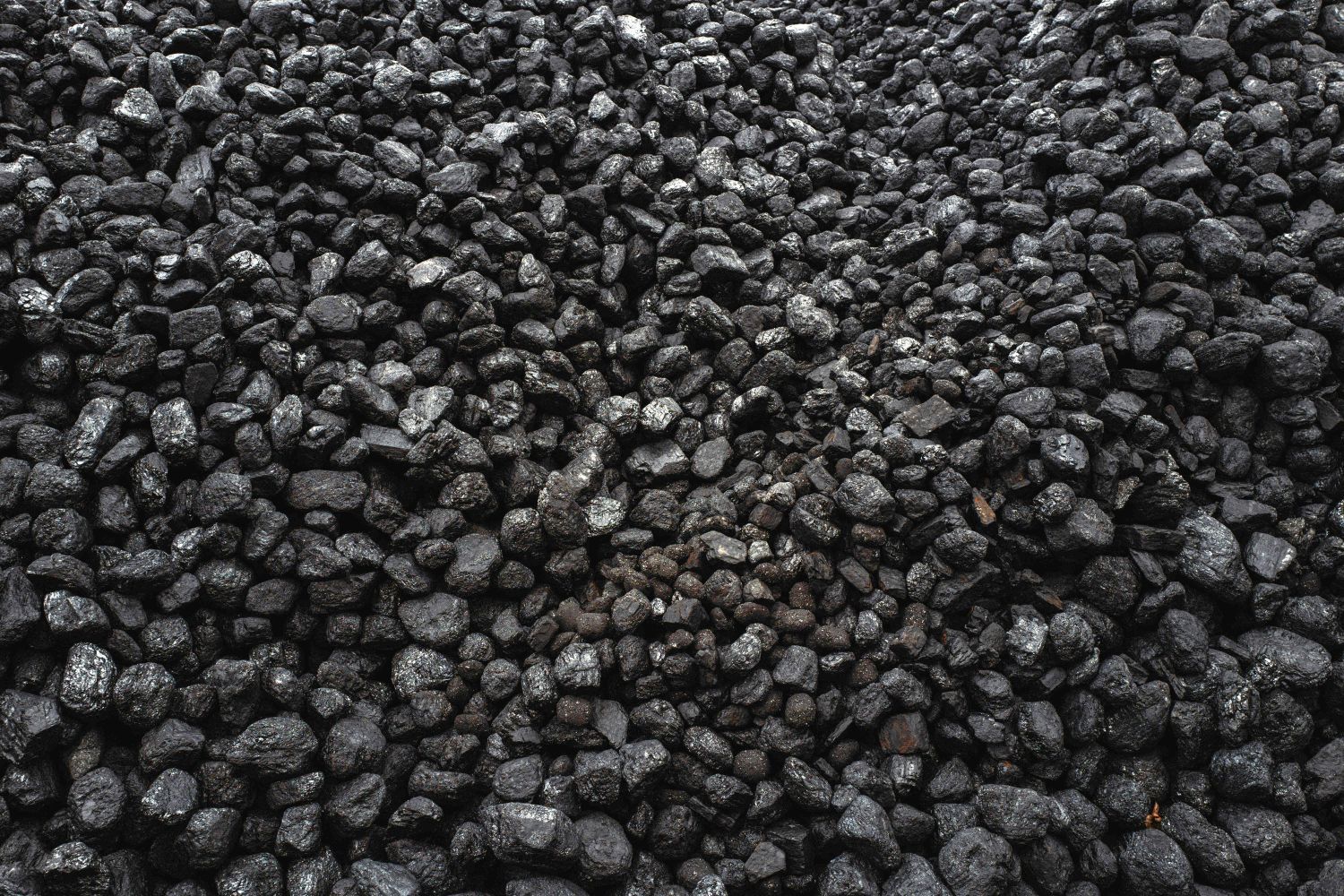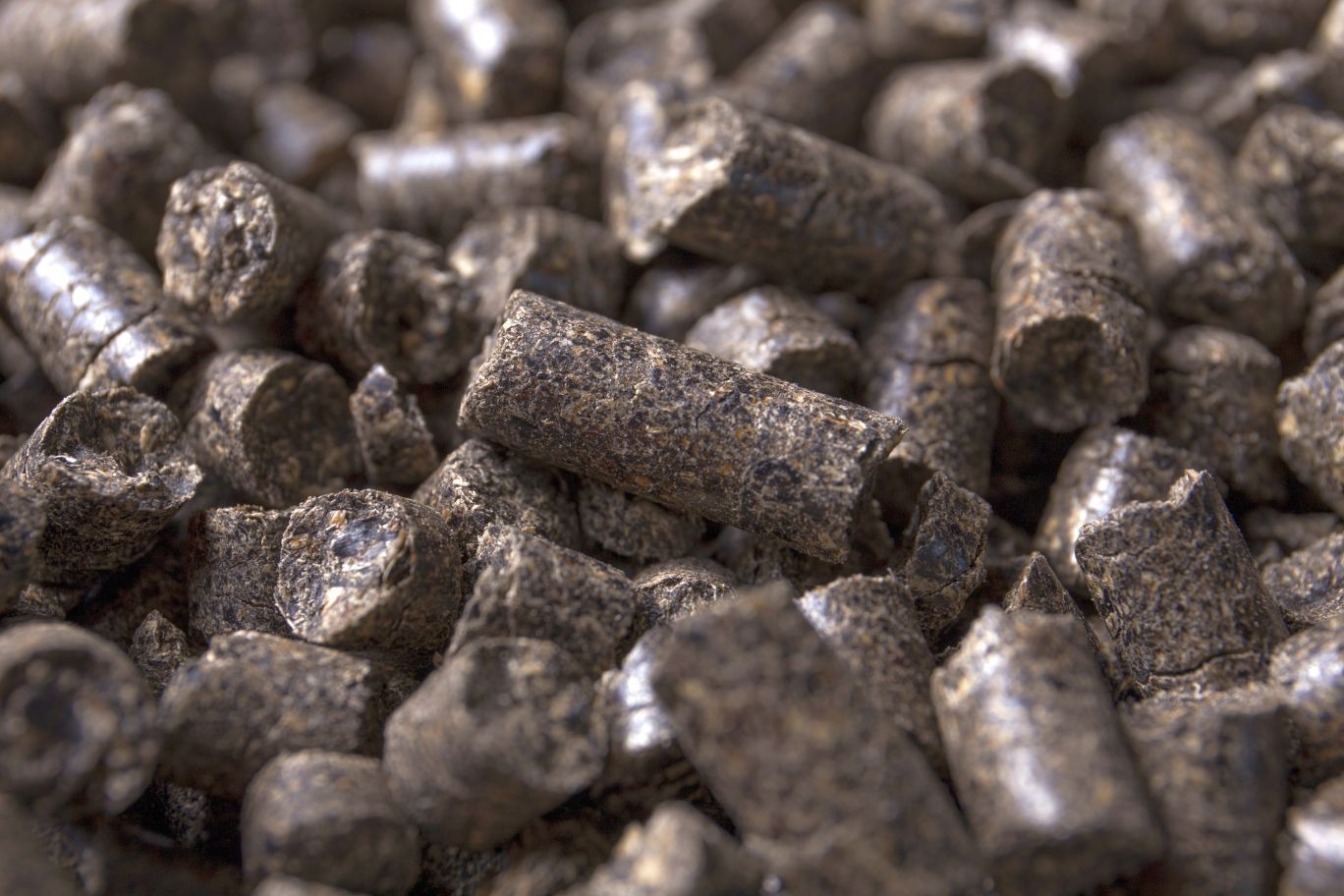IEA ANNUAL REPORT REVEALS ENERGY TRANSITION PATHWAY
Findings show huge global rise in demand will be met by green energy projects.
THE WORLD will build more renewable energy projects in the next five years than it has in the last 40, according to a report released this week by the International Energy Agency.
The global energy watchdog’s research revealed the scale of change about to occur in light of increasing demands being placed on the planet’s power supplies to support new technologies.
Its World Energy Outlook 2025 report also showed that, over the coming decade, growth of global green energy infrastructure will outstrip growth of all other forms of energy expansion combined.
The IEA’s flagship report evaluates all energy sources as well as total planetary energy supply and demand annually. And this year it concluded that an imminent rapid rise in low-carbon electricity sources would ultimately seal humanity’s transition away from fossil fuels.
The study found that the surge in renewable energy projects was necessary to build much-needed, improved resilience into international energy systems.
It calculated that total energy output to be reaped from renewable sources in the next ten years would almost meet all of the world’s growing thirst for electricity – expected to rise by 40% in the same period.
The IEA cited increased heating and cooling needs, more use of electric vehicles and the development of large AI datacentres as reasons behind increased demand, predicting global investment in datacentres to top US$580bn in 2025 alone.
The World Energy Outlook report highlighted the emergence of large solar farms – across the Middle East, Asia, Africa and other sun-kissed regions – would form the largest part of coming green energy infrastructure. It also recognised the role to be played by nations adopting a renewed and safer relationship with nuclear power.
And it predicted that global coal and oil demand will have peaked by the end of this decade.
Acknowledging the energy transition underway, IEA Executive Director Fatih Birol said: “When we look at the history of the energy world in recent decades, there is no other time when energy security tensions have applied to so many fuels and technologies at once.”
He added: “We will still use oil, we will still use gas. But the growth of electricity demand is spectacular.”

The IEA’s findings drew swift response from leading energy analysts and think tanks.
David Jones, chief analyst of Ember – which uses and analyses IEA data to inform its own research – said the study’s findings made a transition away from fossil fuels “inevitable”.
He said: “Renewables and electrification will dominate the future and all fossil-importing nations will gain the most by embracing them.”
He added: “There’s a revolution happening right now and it’s in renewables and electrification. The evidence on the ground is overwhelming.”
Climate change think tank E3G offered comment on the IEA’s report from its energy transition program lead, Maria Pastukhova.
Ms. Pastukhova said: “The choices for the global energy system and the global economy are unambiguous. If countries want to grow their economies and protect their citizens from roller-coaster energy prices, they need to focus relentlessly on energy efficiency and the decarbonisation of energy demand.”
CoAlternative Energy’s CEO David Peters addressed the IEA’s findings and provided his thoughts to this website.
He said: “This is the first World Energy Outlook report from the IEA that truly spells out how humanity’s transition away from oil, coal and gas will occur. It paints a clear picture of what the end of dirty and deadly fossil fuel looks like, and how the planet’s energy infrastructure is set to undergo great change.
“Less encouraging though is that the report predicts global coal consumption to peak in another five years’ time, before it begins to decline.
“That is too late and, given the IEA’s projections around electricity demand, the decline will likely be too slow to address climate change in any significant and meaningful way.
“Much of the carbon emitted from that consumption of coal over the coming years can be offset though, with investment into the production of low-carbon coal alternatives like black biofuel pellets, and then using them as a direct drop-in replacement for coal burned in industrial and utility-scale furnaces.
“Those actions will maintain a power supply that meets growing energy demand but hugely reduce carbon emissions from the moment black pellets are used to replace coal.”









